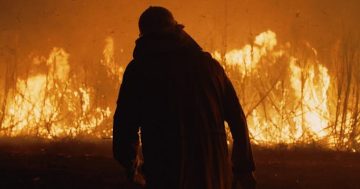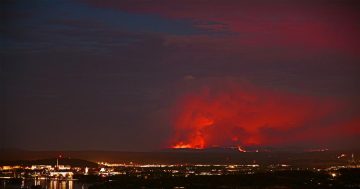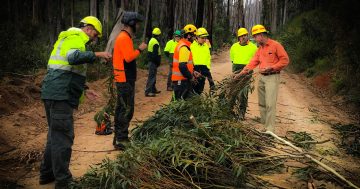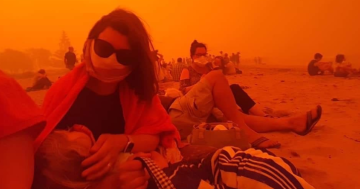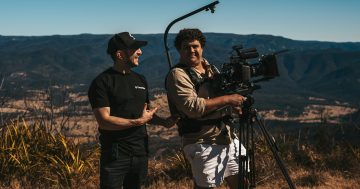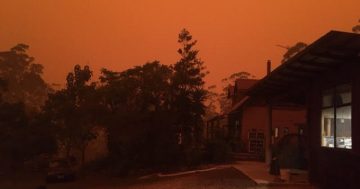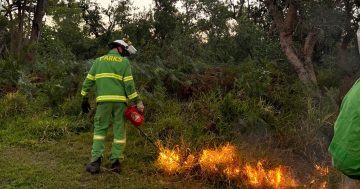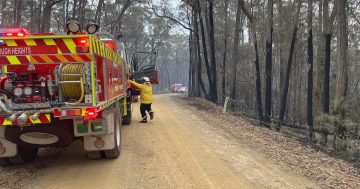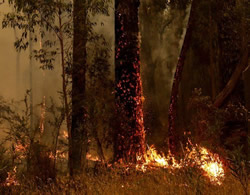 The Commonwealth Scientific and Industrial Research Organisation (CSIRO) has partnered with the NSW Rural Fire Service to produce an advanced model for predicting the speed and behaviour of eucalypt forest fires.
The Commonwealth Scientific and Industrial Research Organisation (CSIRO) has partnered with the NSW Rural Fire Service to produce an advanced model for predicting the speed and behaviour of eucalypt forest fires.
Bushfire Behaviour Researcher at the CSIRO, Andrew Sullivan said eucalypts made up more than 70 per cent of Australia’s forests and some of Australia’s most extreme fire events occurred in this type of vegetation.
“The Vesta Mark 2 model, a mathematical description of how a fire responds to environmental conditions, will be rolled out nationally this summer to help fire control rooms across the country predict and suppress bushfires as they spread across the landscape — and to warn the public,” Dr Sullivan said.
“Although much of Eastern Australia is expecting a wetter than normal summer this year, bushfires are an ever-present danger throughout summer and are increasing in frequency and severity,” he said.
Dr Sullivan said forests had critical ecological and socio-economic roles, and often connected to areas where large numbers of Australians lived.
“Forest fires are complex and difficult to control and extinguish, and firefighters often have to battle steep terrain and challenging conditions just to reach the fire,” he said.
“Critically, this model can accurately predict the speed that a fire front will advance across a landscape, which is essential to enable authorities to efficiently identify threats, issue bushfire warning messages, signal evacuations and plan fire suppression actions.”
Deputy Commissioner Preparedness and Capability at the NSW Rural Fire Service, Kyle Stewart said the new model would be the key to providing essential information about expected fire behaviour to support decision-making during bushfire outbreaks this fire season.
“Knowing with confidence where a bushfire will be ahead of time is critical to the safe and effective deployment of our fire crews and the safety of our communities,” Deputy Commissioner Stewart said.


